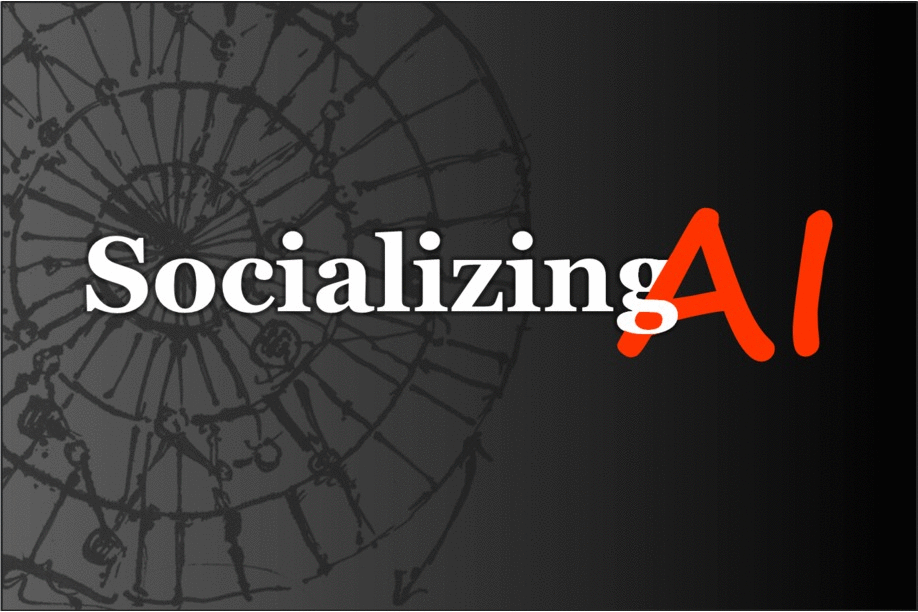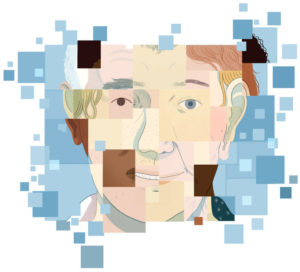Warnings by luminaries like Elon Musk and Nick Bostrom about “the singularity” — when machines become smarter than humans — have attracted millions of dollars and spawned a multitude of conferences.
But this hand-wringing is a distraction from the very real problems with artificial intelligence today, which may already be exacerbating inequality in the workplace, at home and in our legal and judicial systems.
Sexism, racism and other forms of discrimination are being built into the machine-learning algorithms that underlie the technology behind many “intelligent” systems that shape how we are categorized and advertised to.
A very serious example was revealed in an investigation published last month by ProPublica. It found that widely used software that assessed the risk of recidivism in criminals was twice as likely to mistakenly flag black defendants as being at a higher risk of committing future crimes. It was also twice as likely to incorrectly flag white defendants as low risk.
The reason those predictions are so skewed is still unknown, because the company responsible for these algorithms keeps its formulas secret — it’s proprietary information. Judges do rely on machine-driven risk assessments in different ways — some may even discount them entirely — but there is little they can do to understand the logic behind them.
Histories of discrimination can live on in digital platforms, and if they go unquestioned, they become part of the logic of everyday algorithmic systems.
Another scandal emerged recently when it was revealed that Amazon’s same-day delivery service was unavailable for ZIP codes in predominantly black neighborhoods. The areas overlooked were remarkably similar to those affected by mortgage redlining in the mid-20th century. Amazon promised to redress the gaps, but it reminds us how systemic inequality can haunt machine intelligence.
And then there’s gender discrimination. Last July, computer scientists at Carnegie Mellon University found that women were less likely than men to be shown ads on Google for highly paid jobs. The complexity of how search engines show ads to internet users makes it hard to say why this happened — whether the advertisers preferred showing the ads to men, or the outcome was an unintended consequence of the algorithms involved.
Regardless, algorithmic flaws aren’t easily discoverable: How would a woman know to apply for a job she never saw advertised? How might a black community learn that it were being overpoliced by software?
Like all technologies before it, artificial intelligence will reflect the values of its creators.
Source: New York Times – Kate Crawford is a principal researcher at Microsoft and co-chairwoman of a White House symposium on society and A.I.
test

